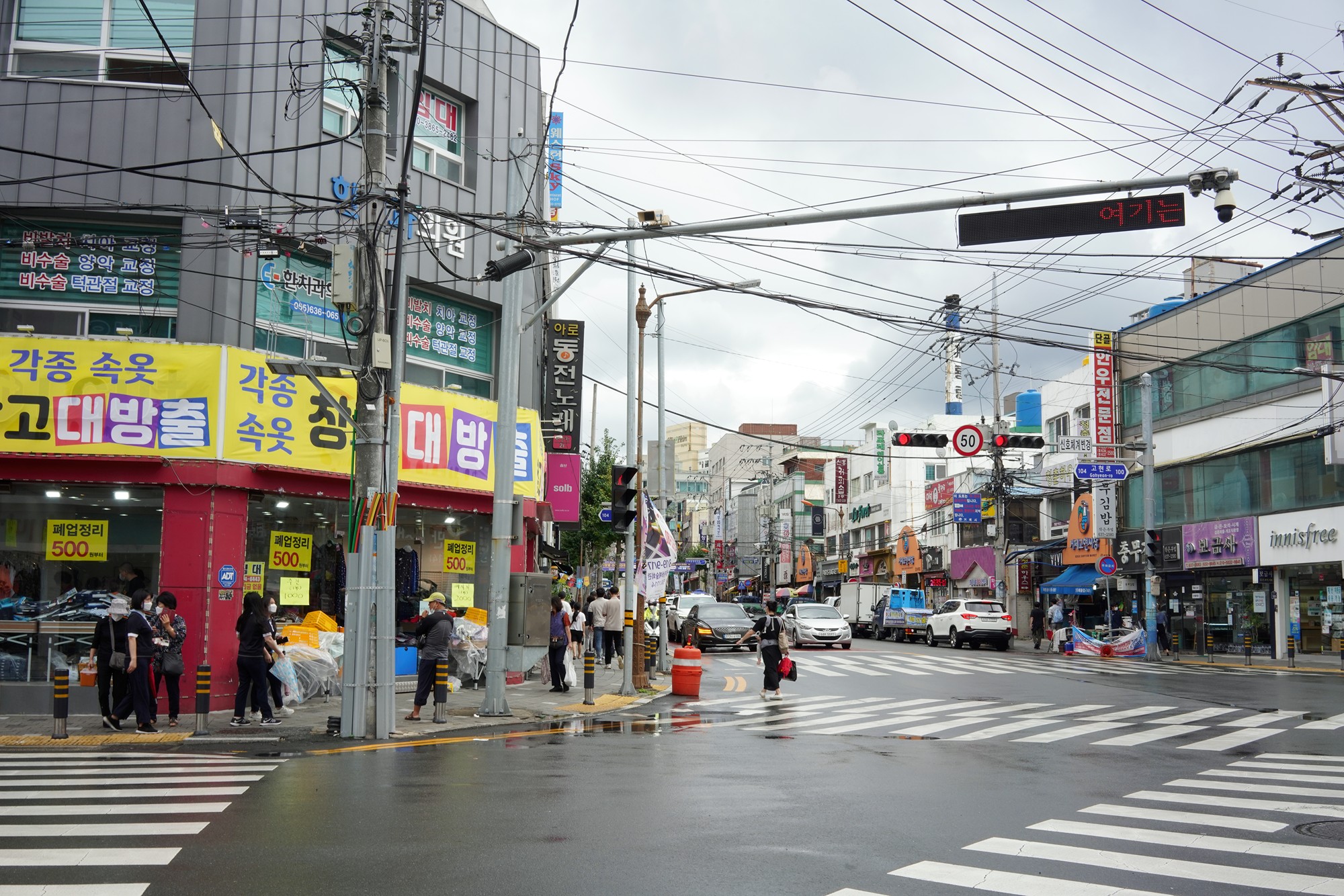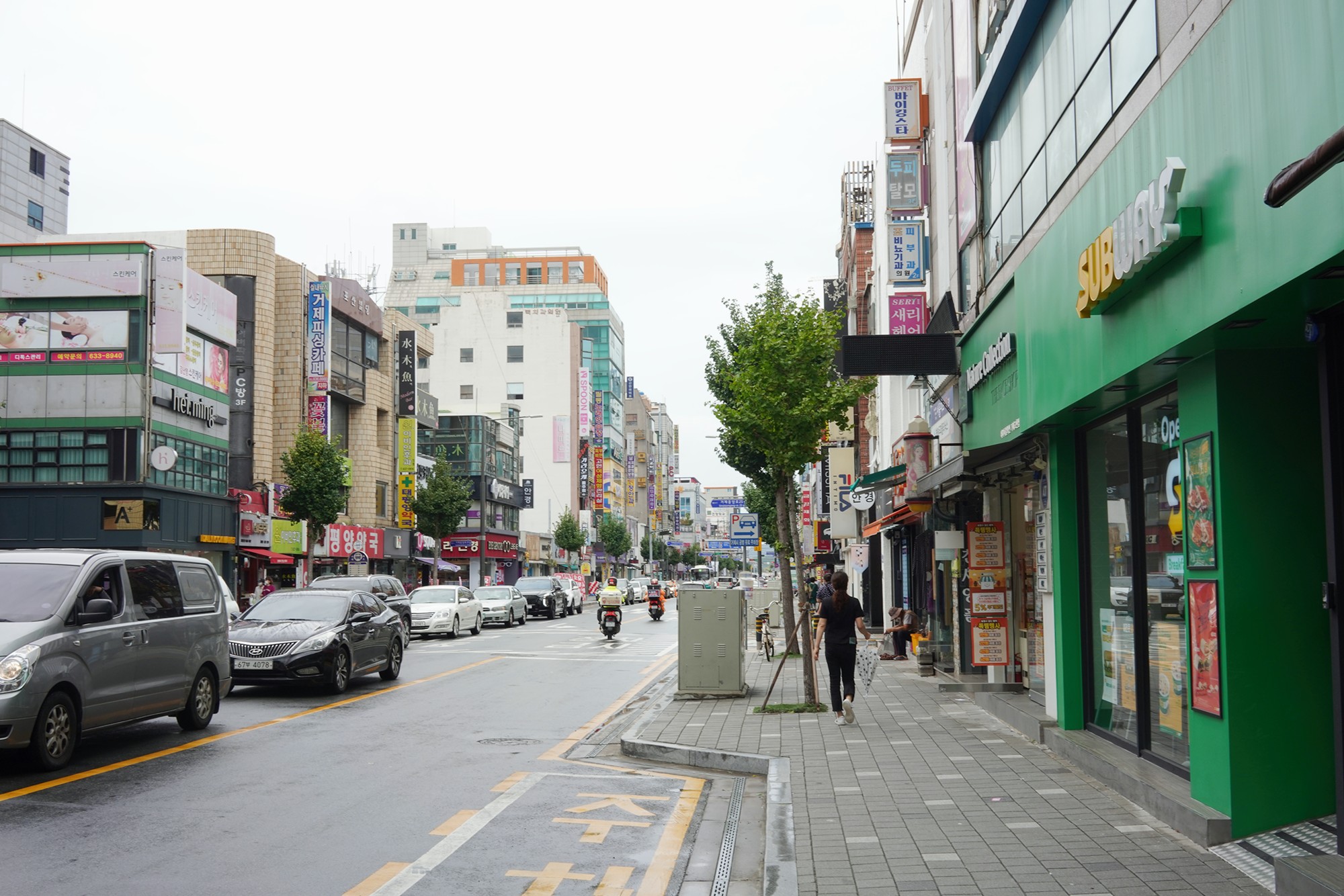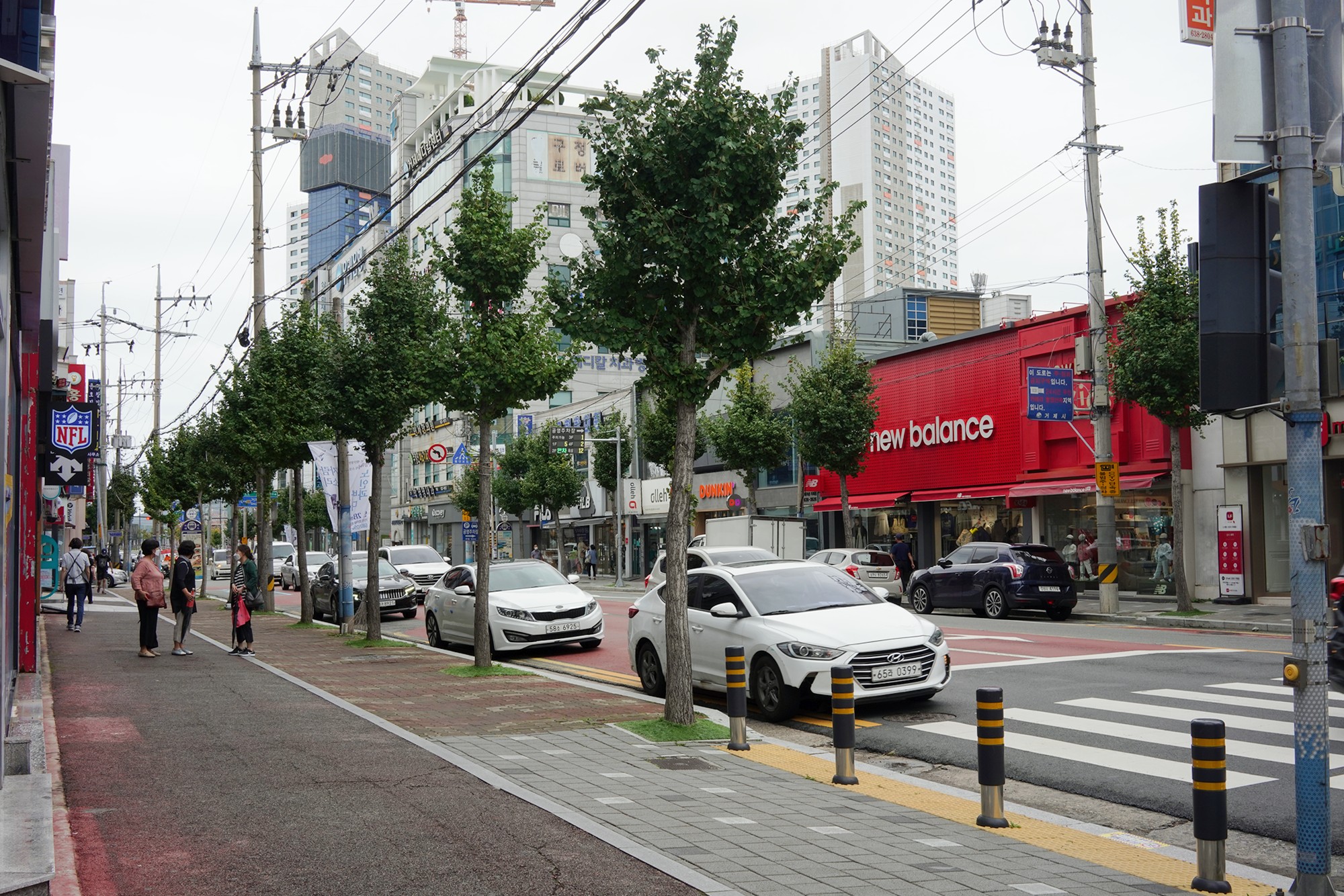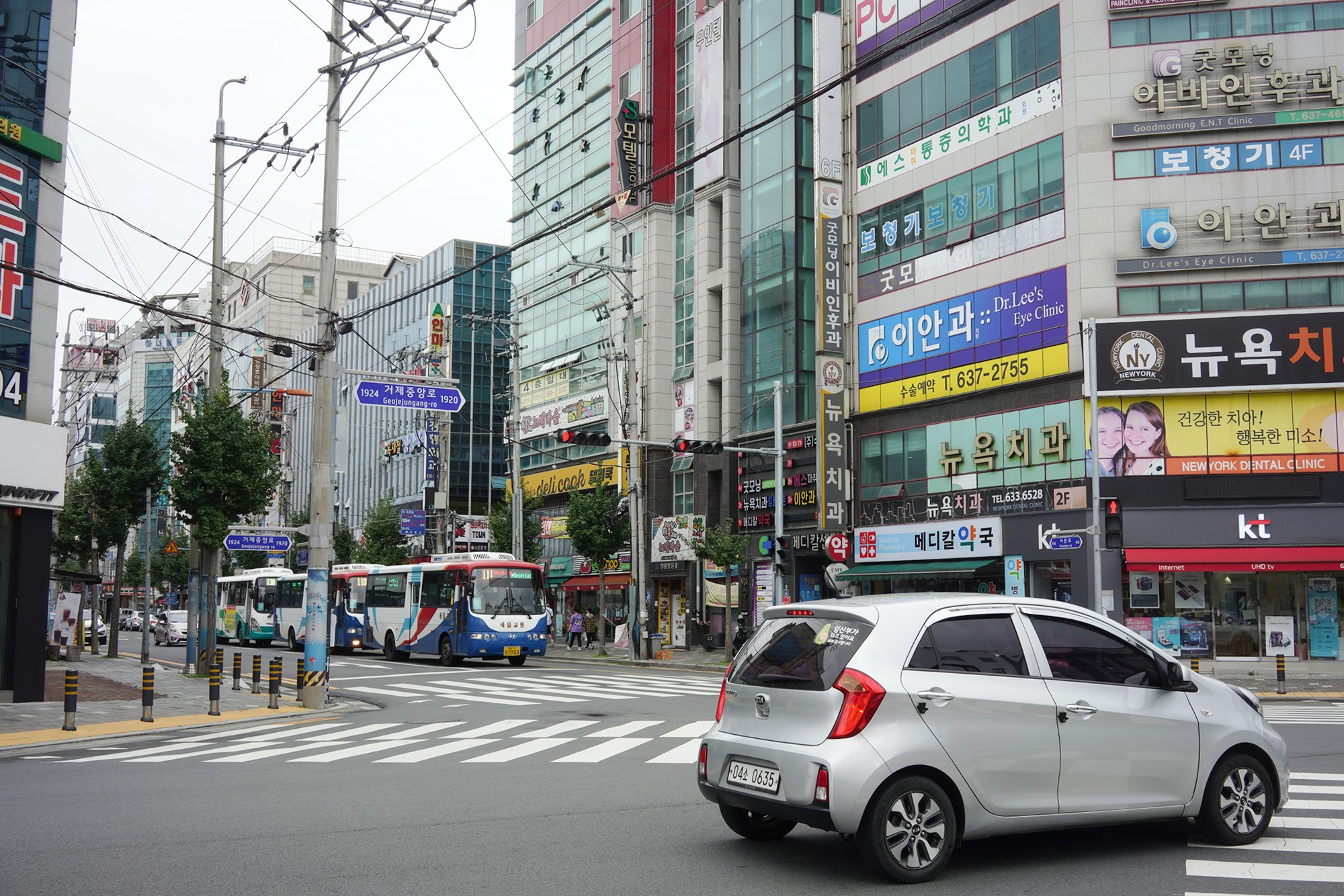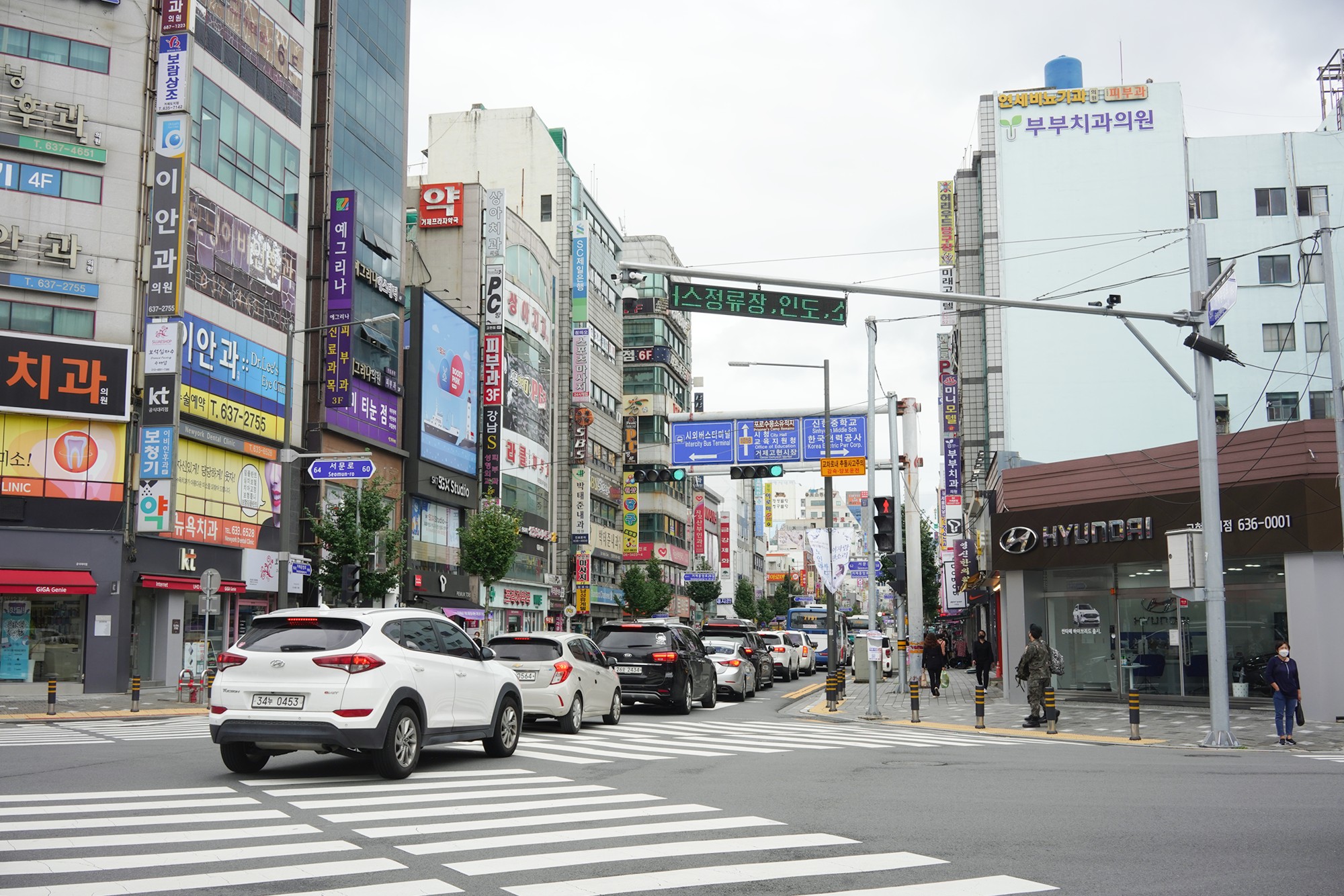Goeje Tour Monorail, Geoje POW Camp Park, and Goeje City, South Korea
The Goeje Tour Monorail goes to the top of Gyeryongsan Mountain and provides a view of the city and the sea. Next to the Monorail is the Historic Geoje POW Camp Park.
Goeje POW Camp Park: Gyeongsangnam-do, Geoje-si, 계룡로 61, South Korea
Goeje City: 55 Seomun-ro, Gohyeon-dong, Geoje-si, Gyeongsangnam-do, South Korea
I took a taxi to Tongyeong Bus Terminal, a bus to Goeje Bus Terminal, and then a bus to the Monorail station. The monorail station is inside the Goeje POW Park. The Monorail with Goeje POW Park entrance costs about $12. The one-way ride up to the mountain top took about 30 minutes, and I was allowed to stay up there for about 30 minutes, then it took 20 minutes rides down.
Monorail up to the mountain. Some of the areas had an incline of 37 degrees.
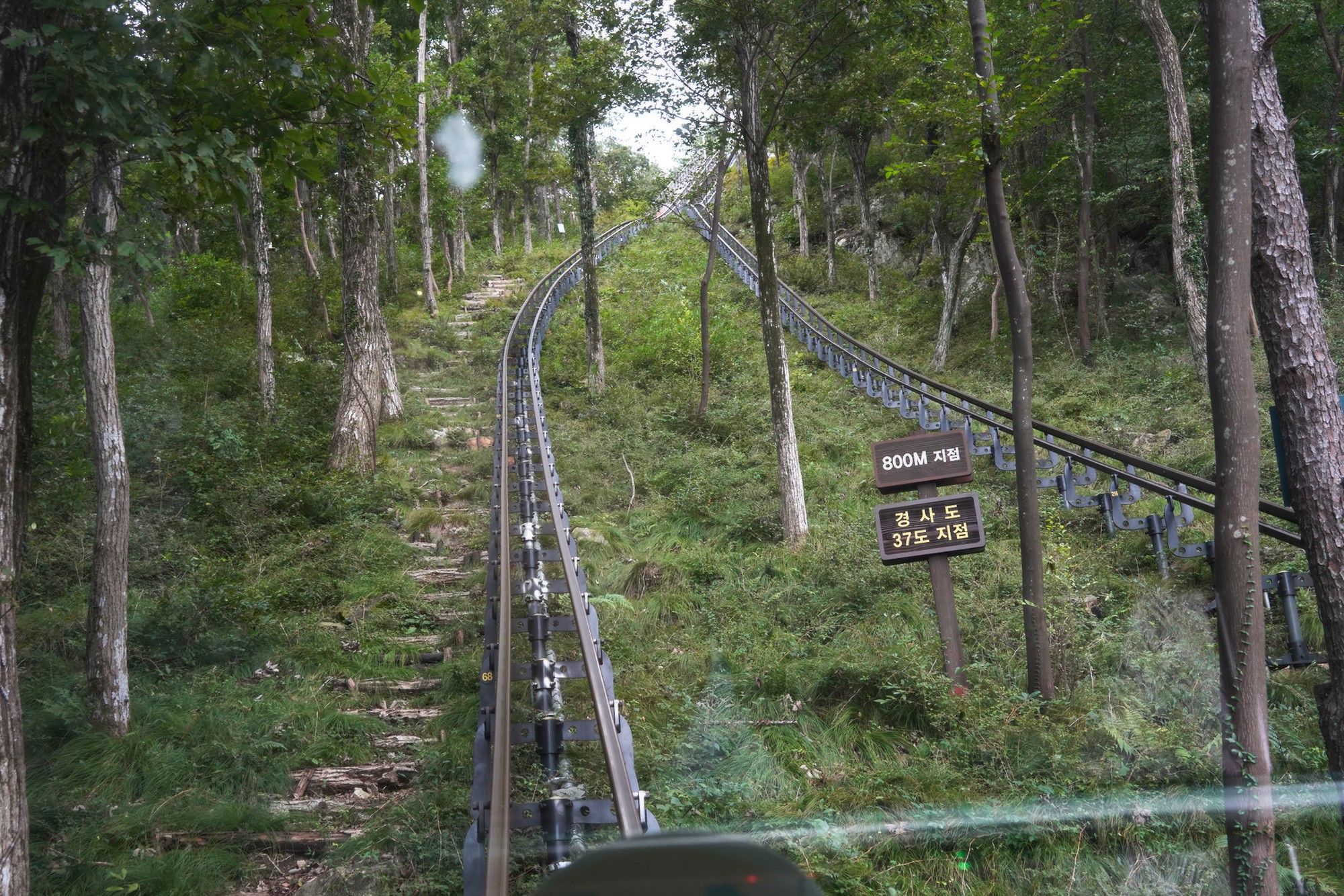
At the top monorail station.
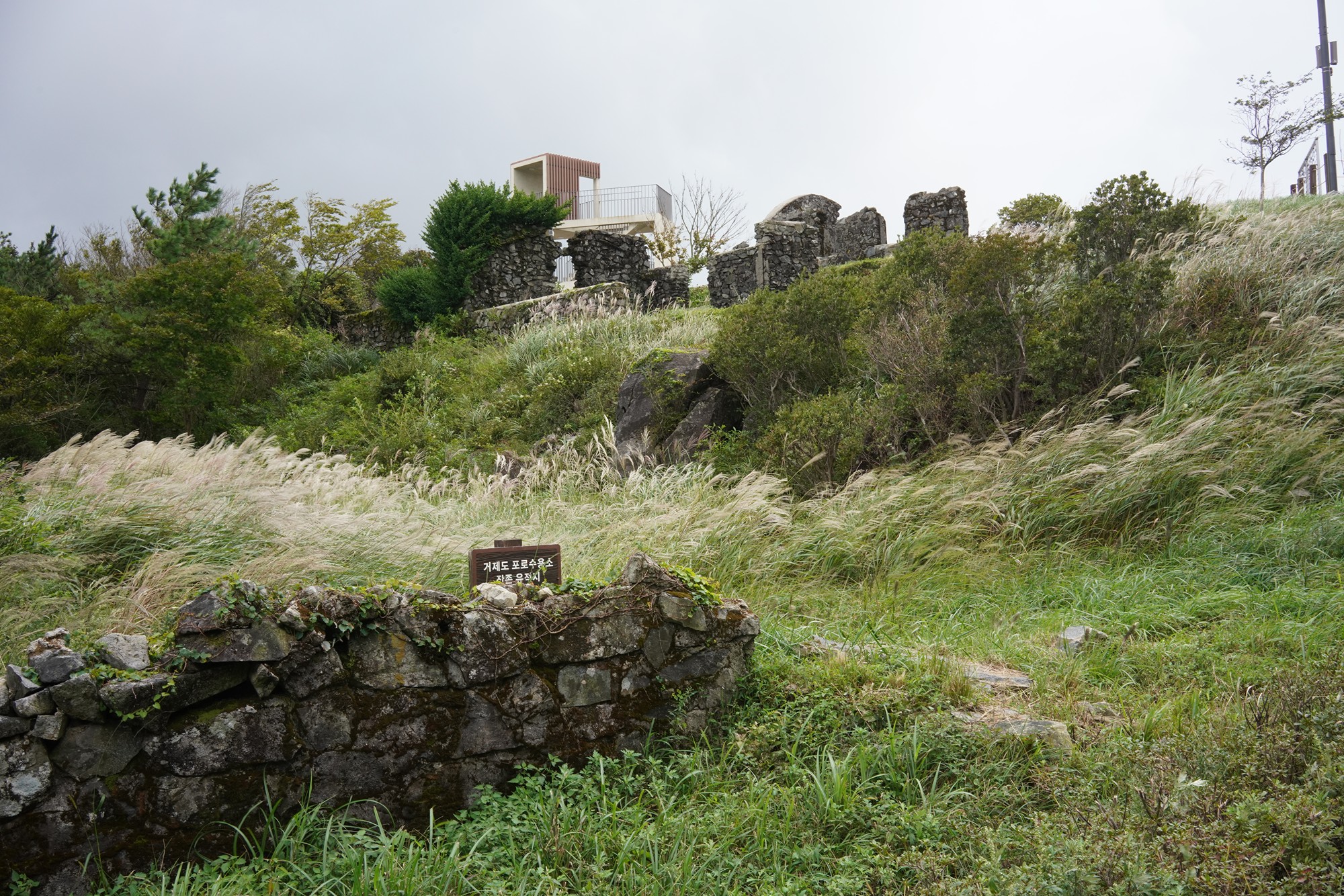
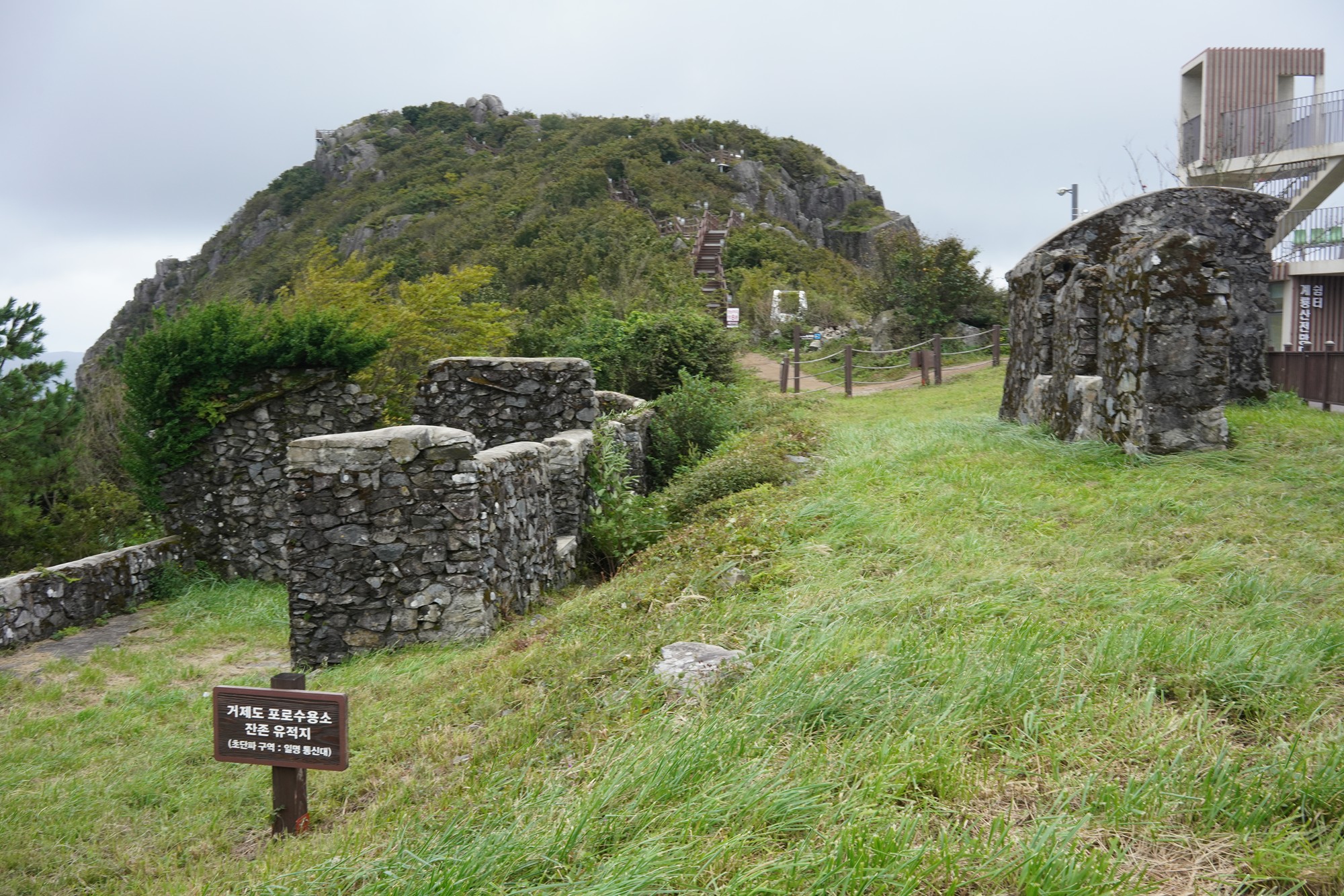

The panoramic view of the islands from Goeje side toward Tongyeong. When I was in Tongyeong, I was looking a the same islands toward Goeje. Unfortunately, the day was cloudy to take best photos. The two photos are left to right.
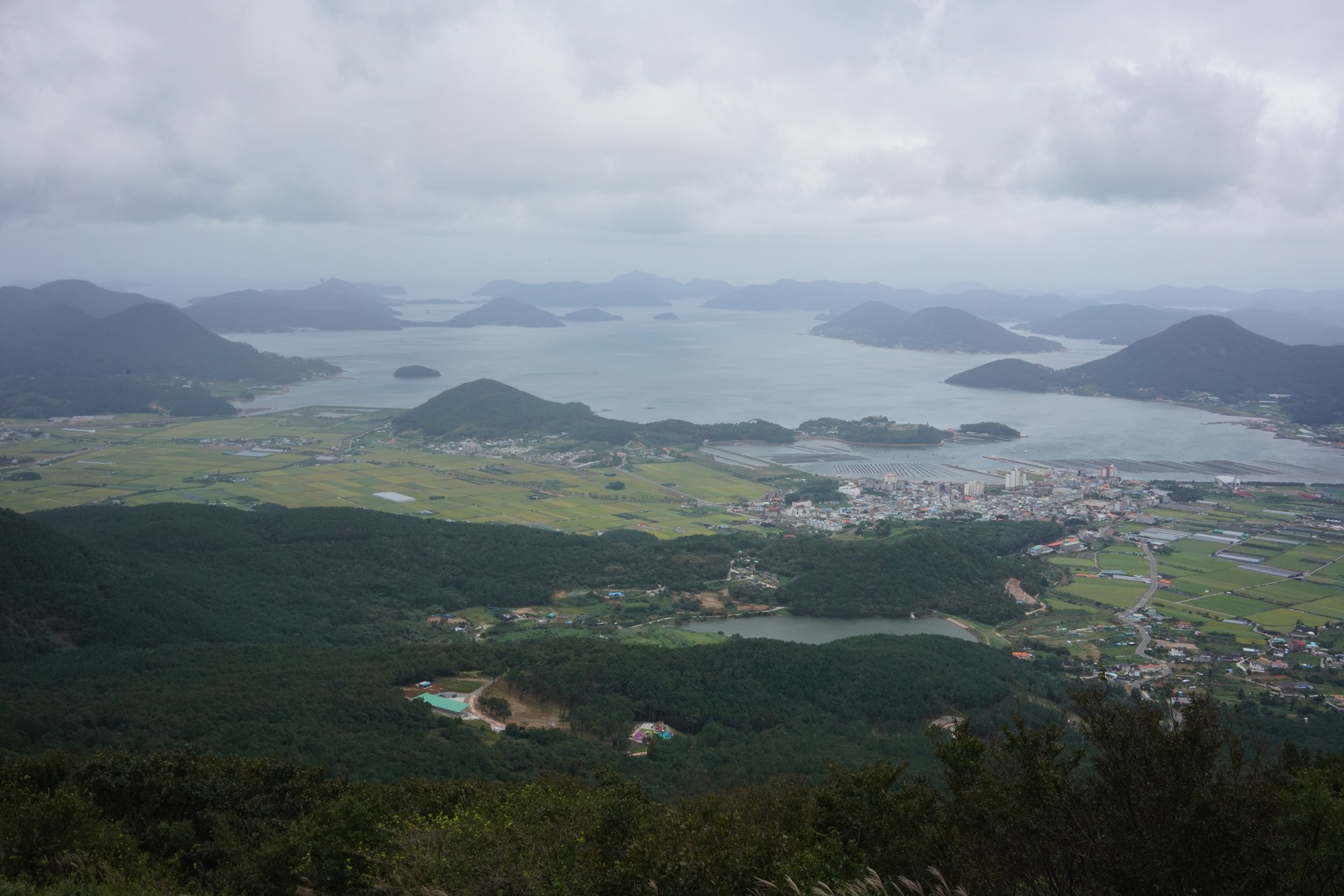
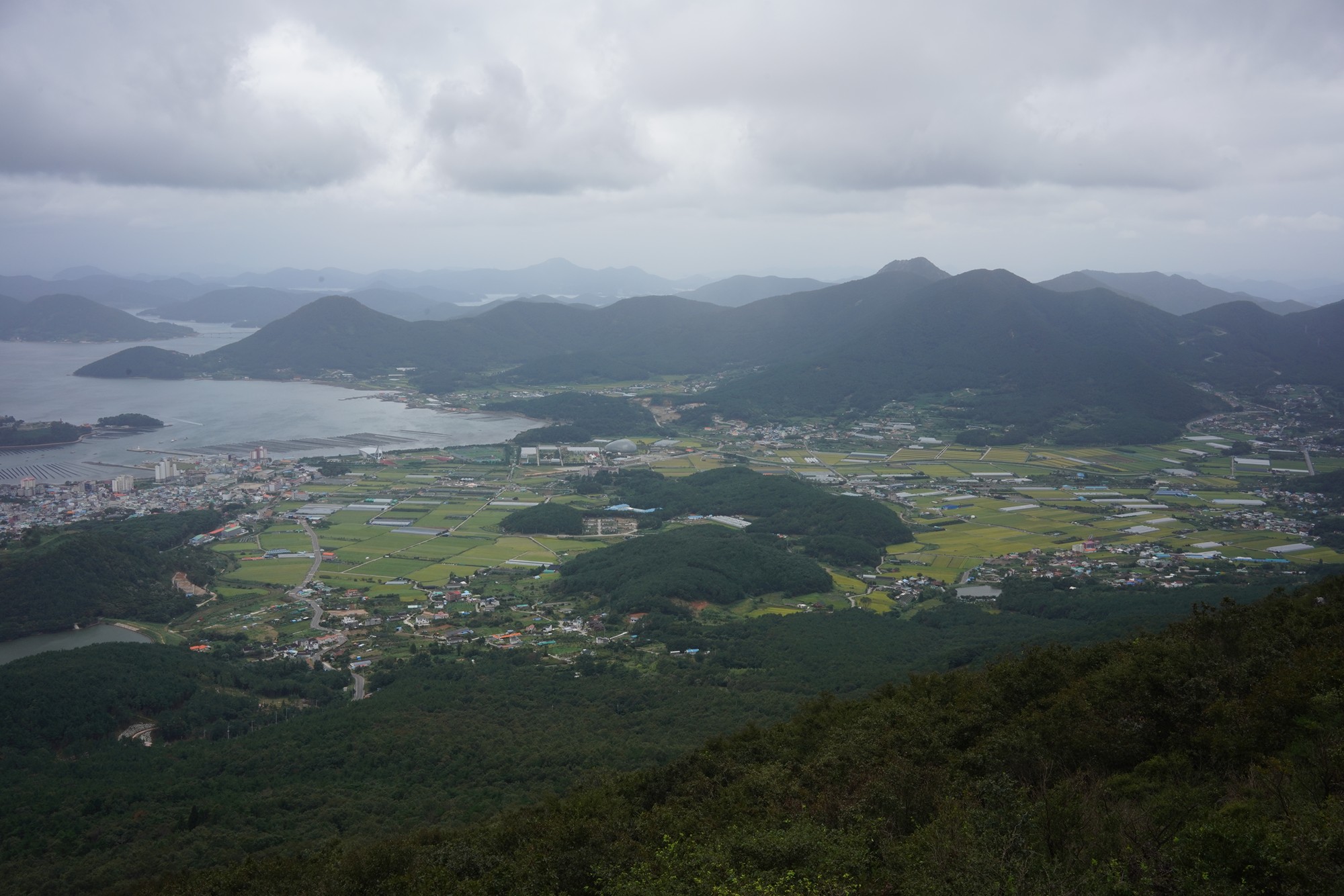
The opposite side shows the view of Goeje city. The Panoramic view from left to right.

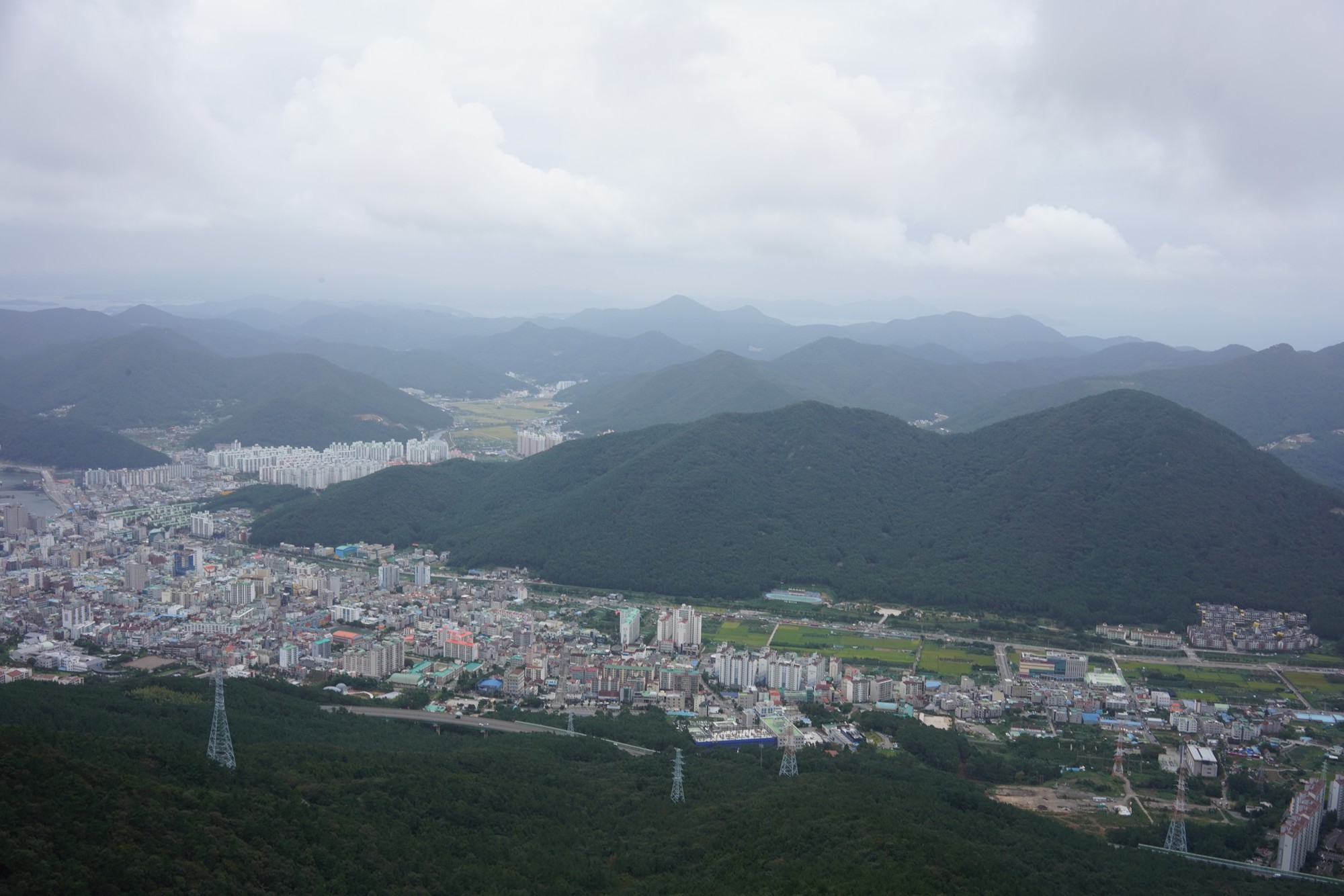

Took the monorail back to the bottom.

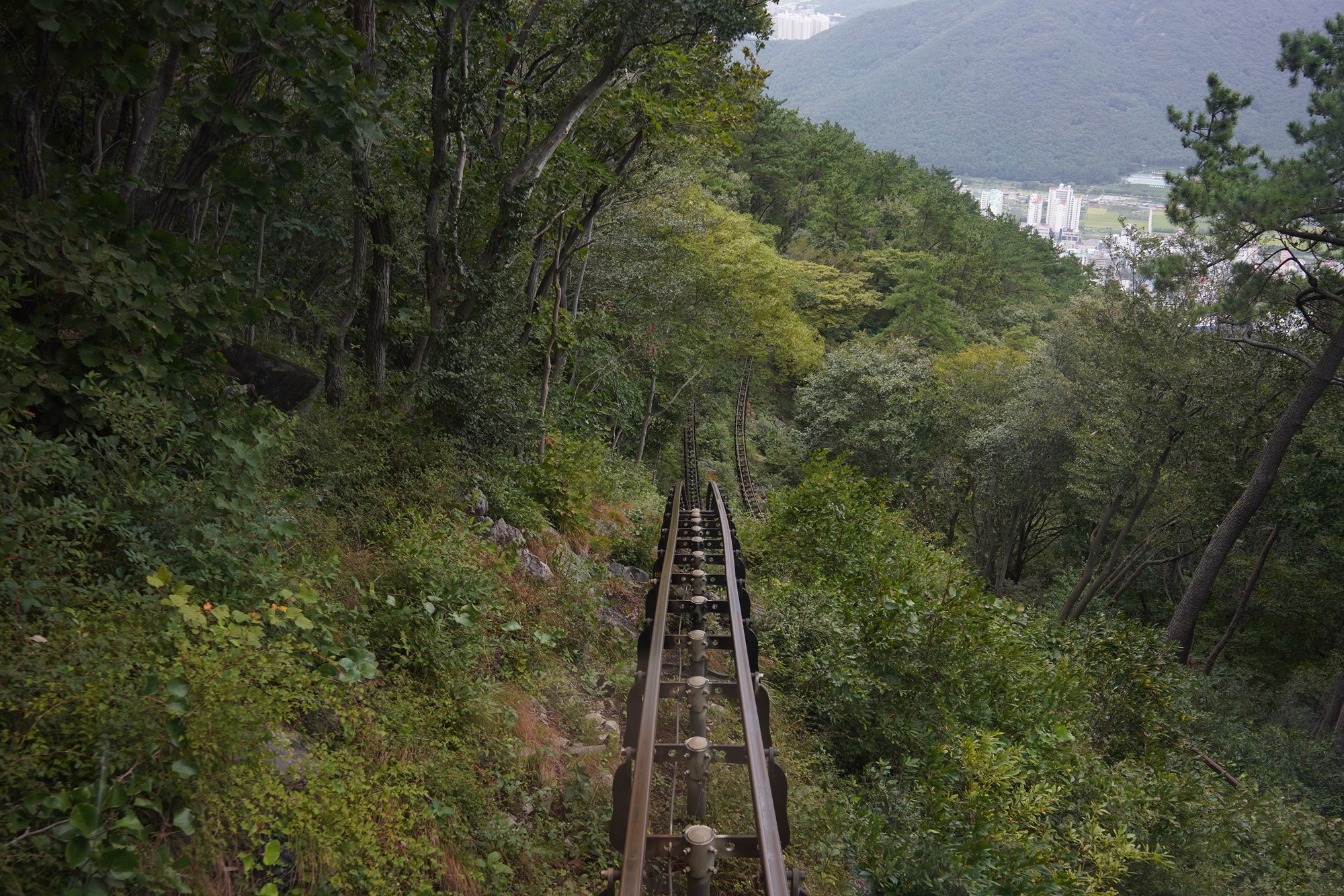
Next to the monorail station is the Goeje Historic POW Camp Museum. During the Korean War, the UN built the Prisoner Camp in Goeje, accommodating up to 173,000 prisoners.

The graph shows the number of prisoners by the year.

Most of the prisoners were North Korean soldiers.

Their activities are mainly to take care of themselves in the camp.

A model of the campsite.
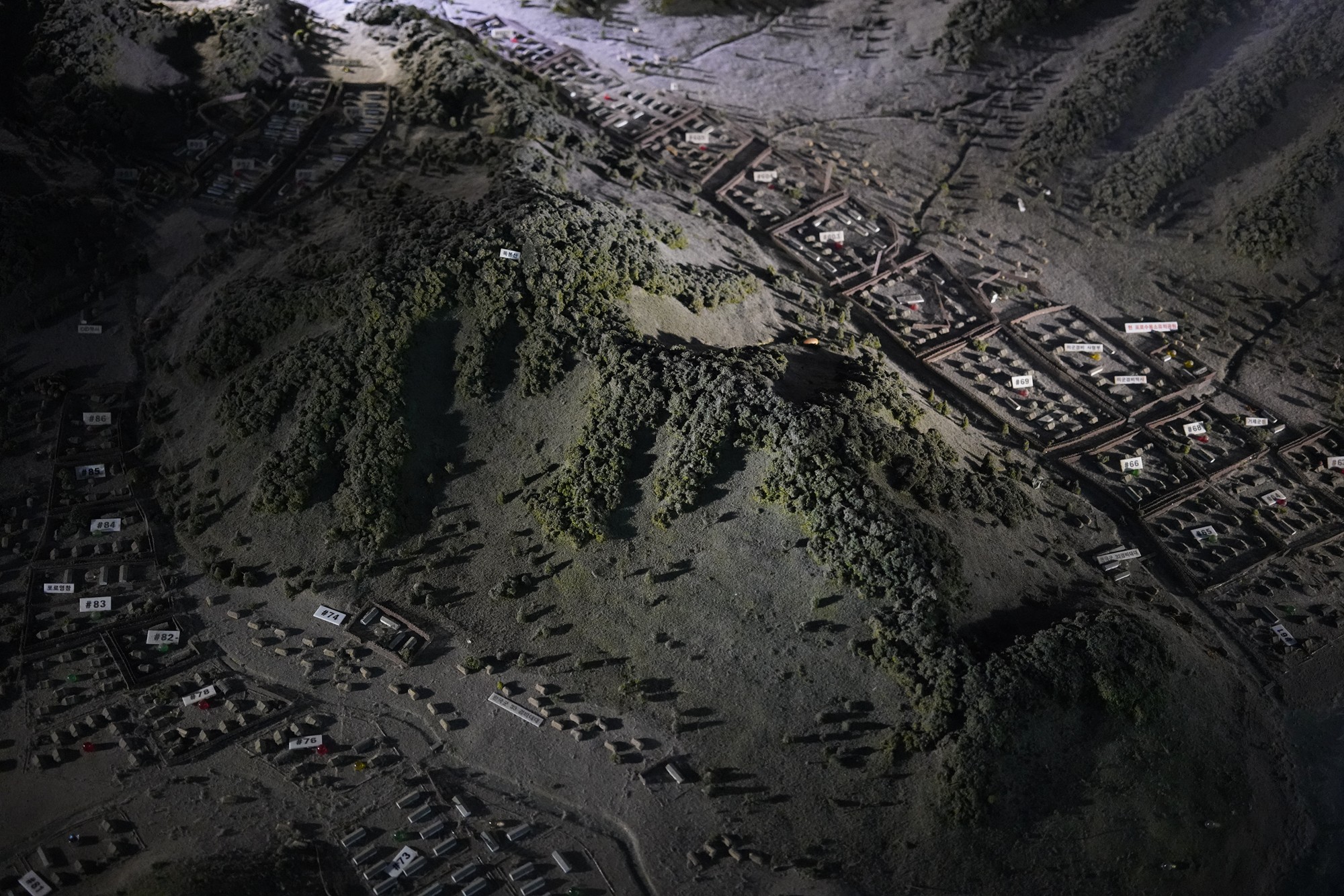
By the end of the war, the prisoners were exchanged.
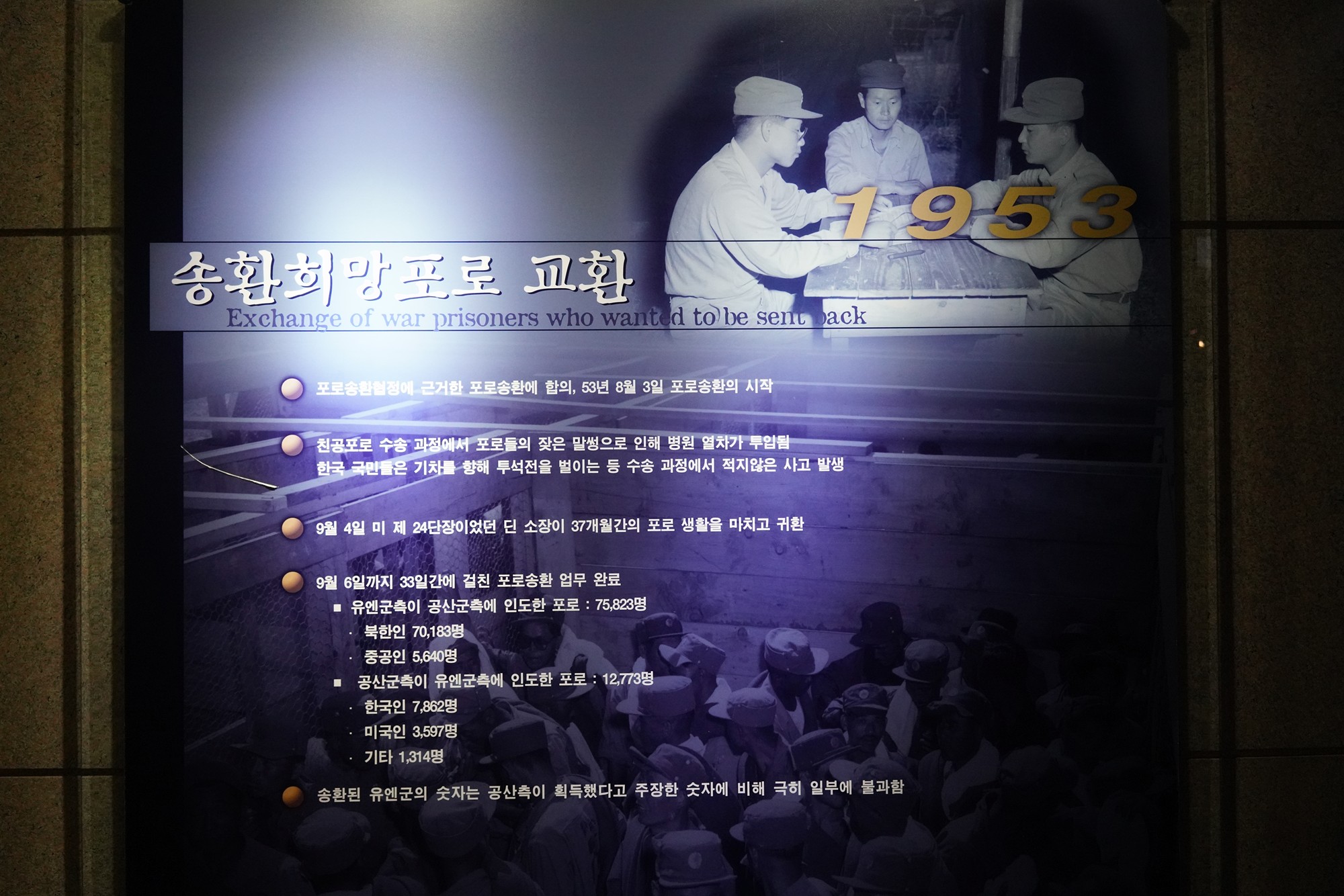
To accommodate the campsite, the people who were lived there were forcefully moved without compensation. They had to find a location to live somewhere by themselves.

This is how the camp building looked like.
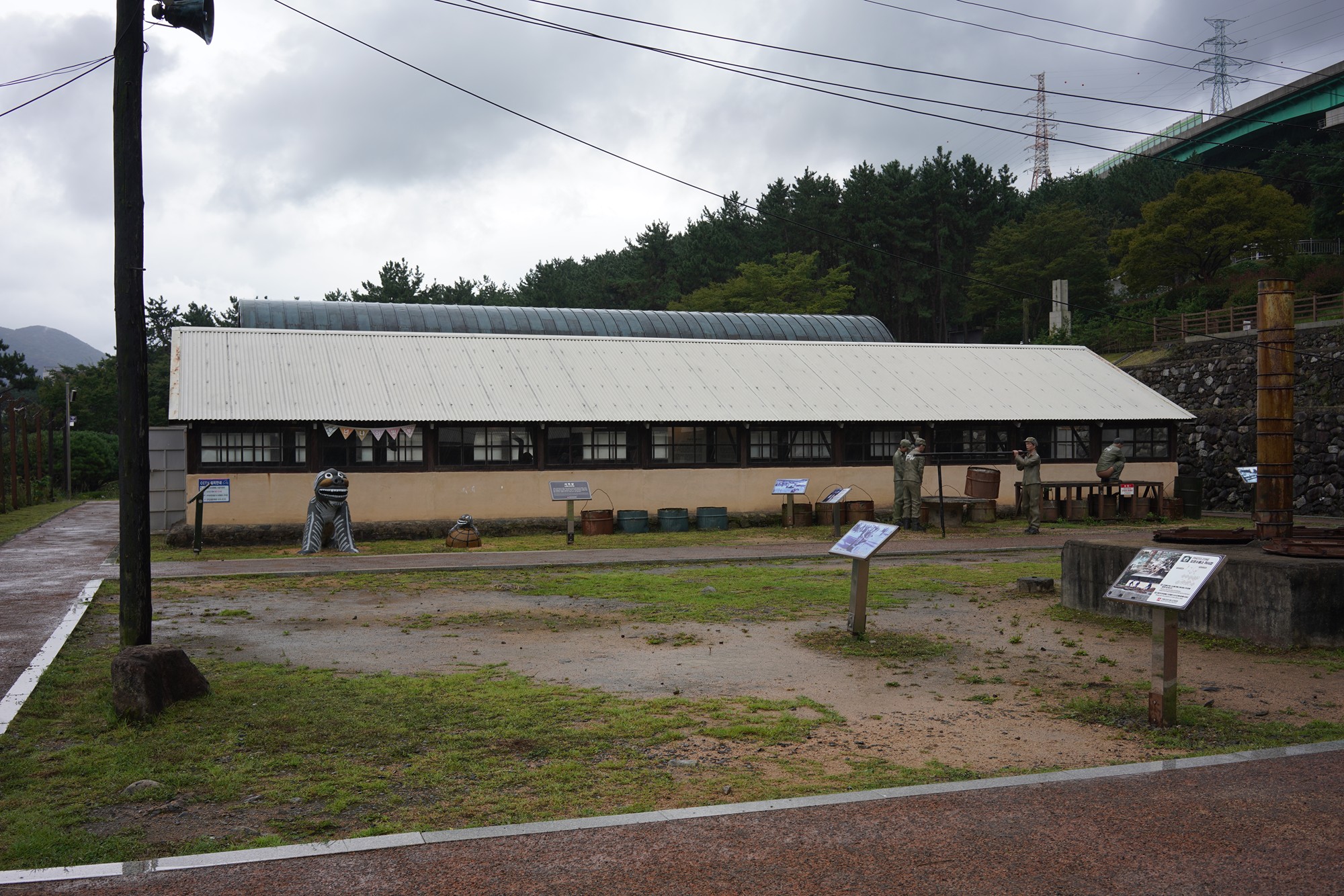
Cooking area
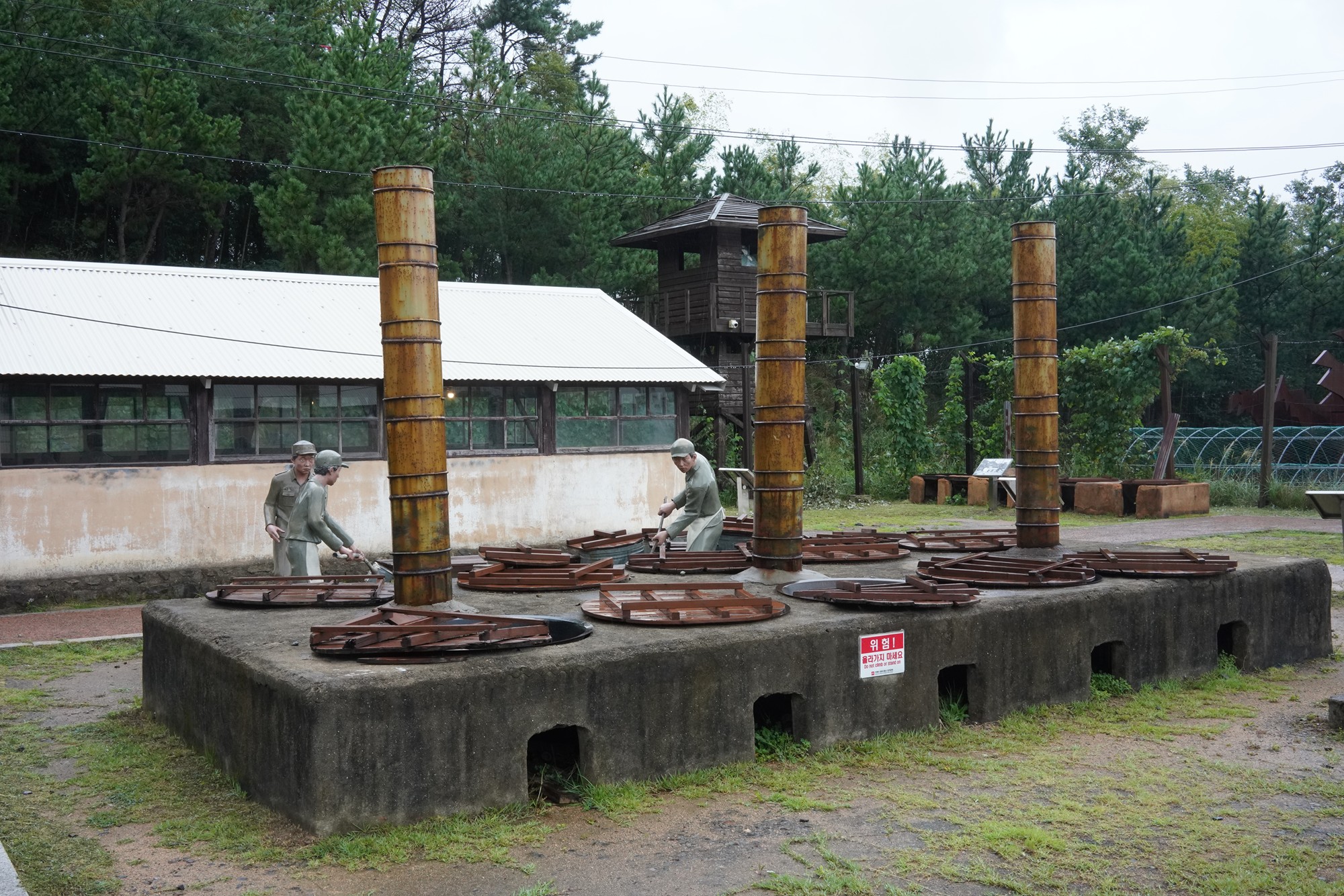
Inside the barrack
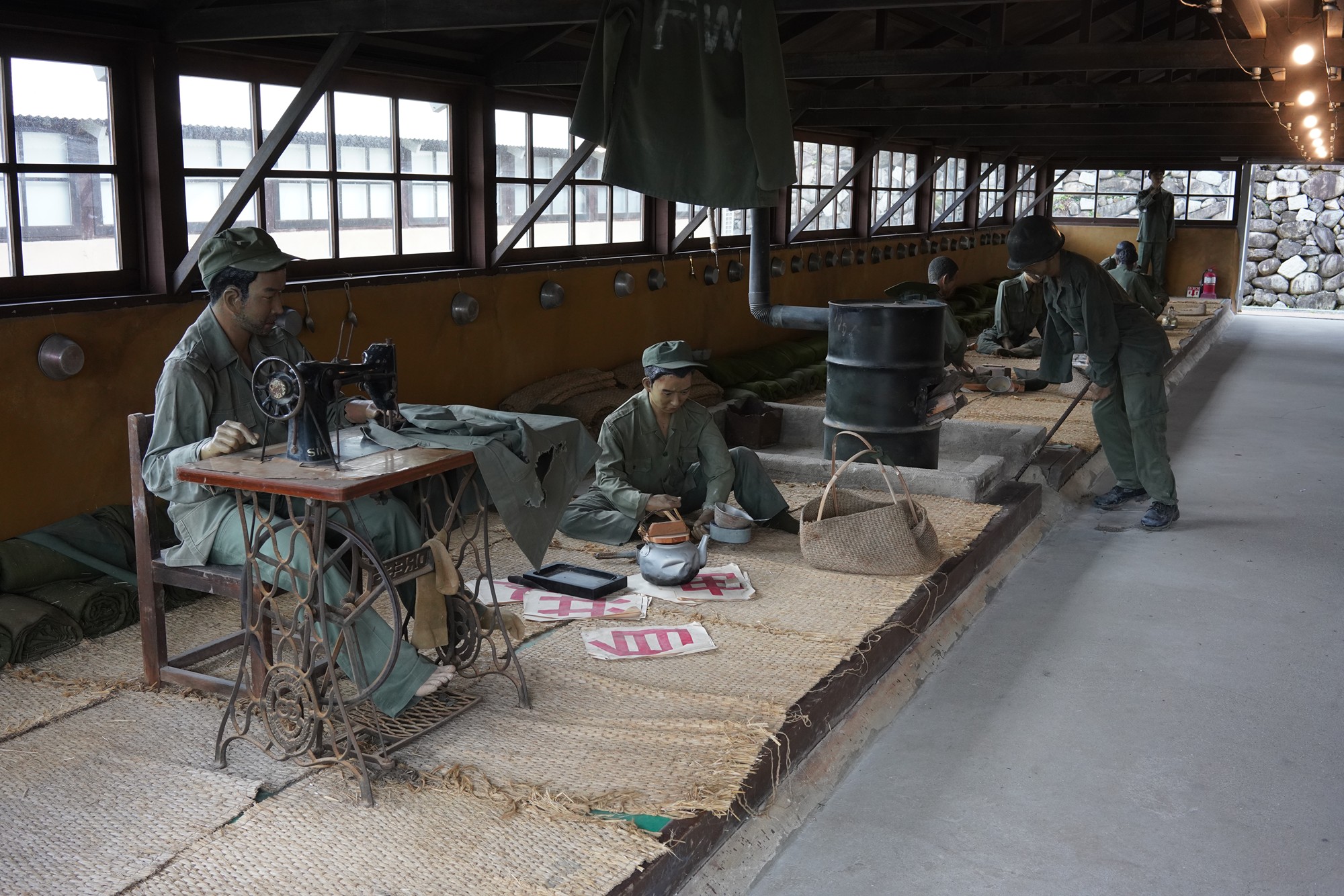
Regular citizens also moved to Goeje because they lost houses to live from the war.
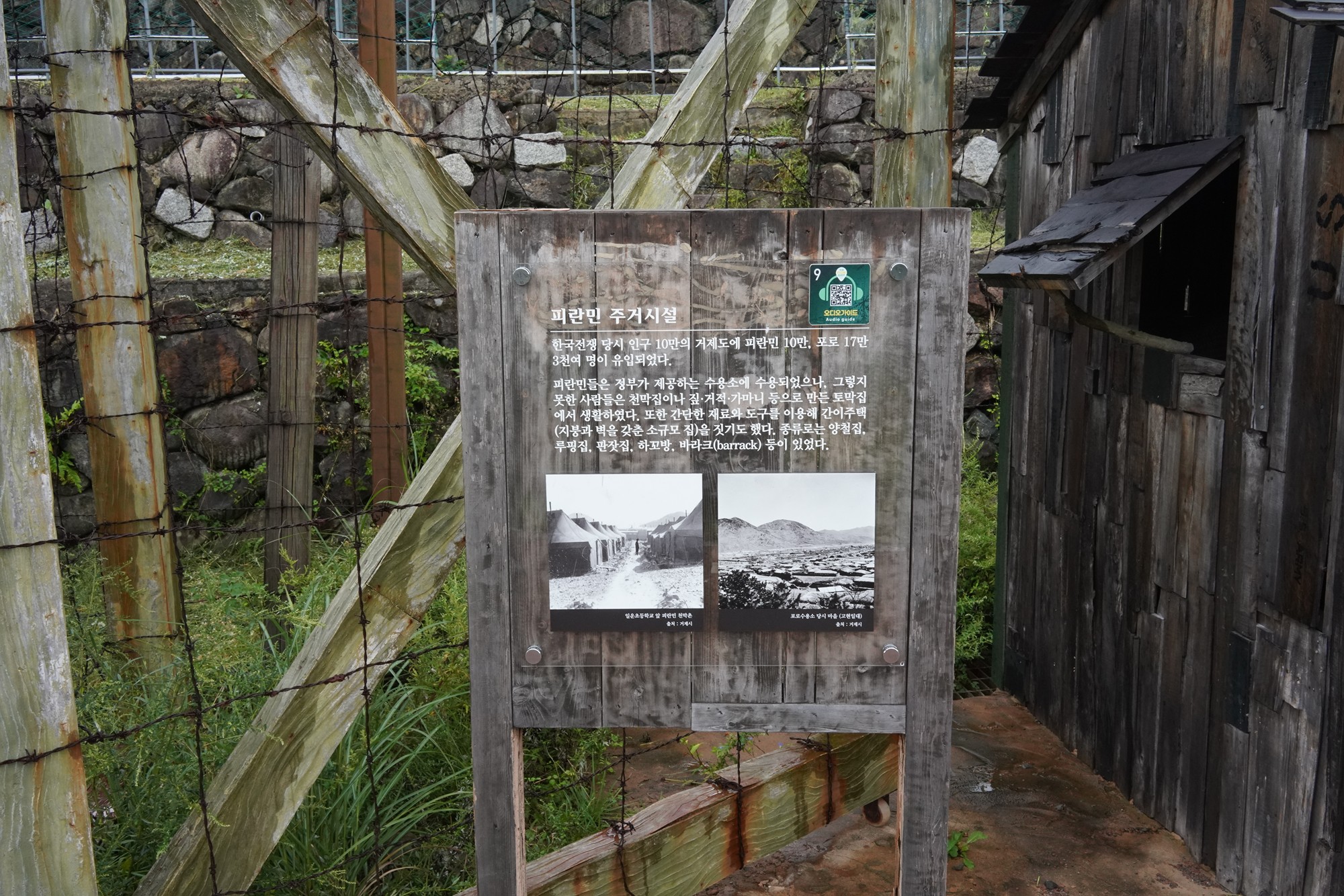
This is the model of the houses they lived in.
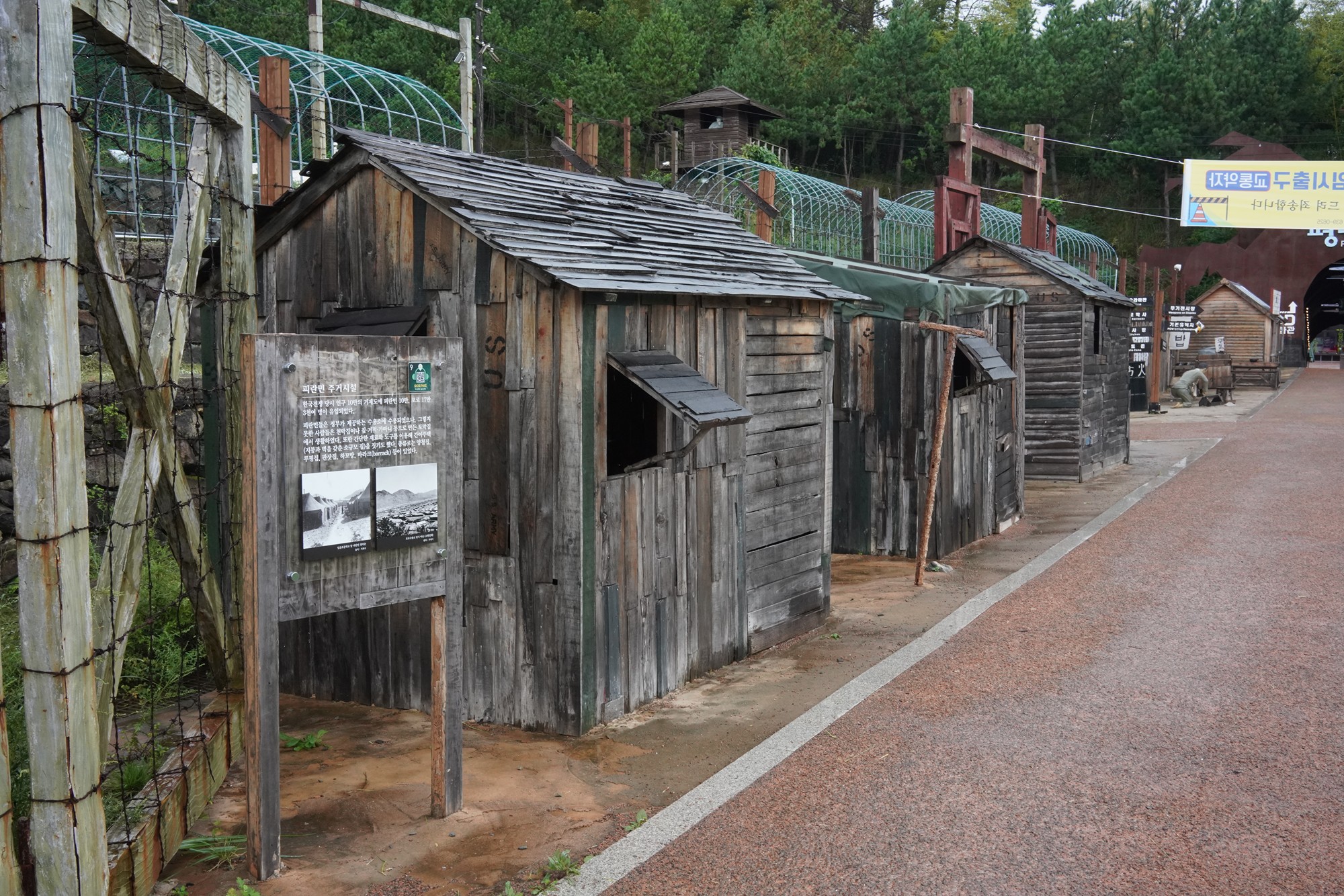
The Goeje City. It turns out to be a bigger city than I imagined.
